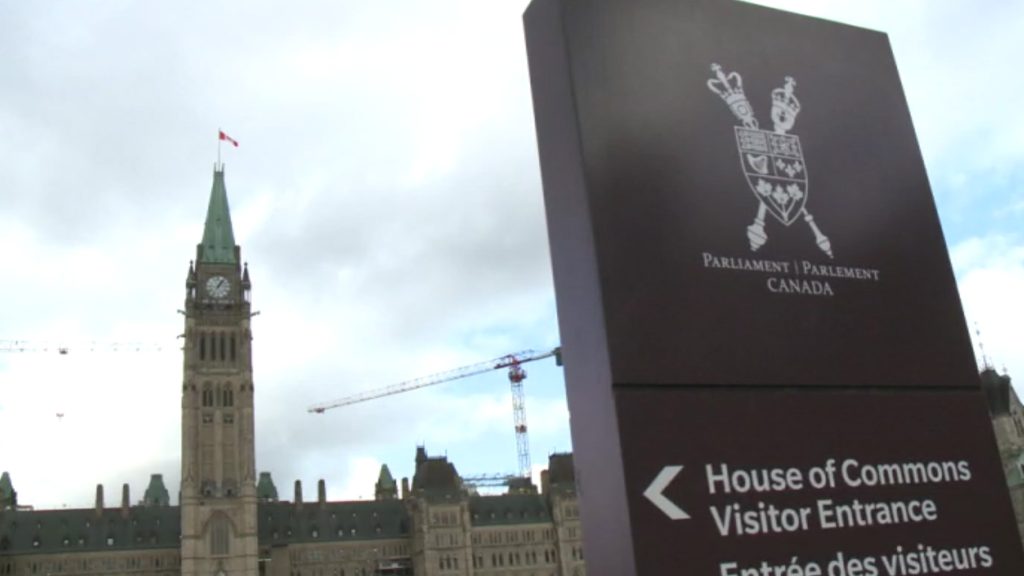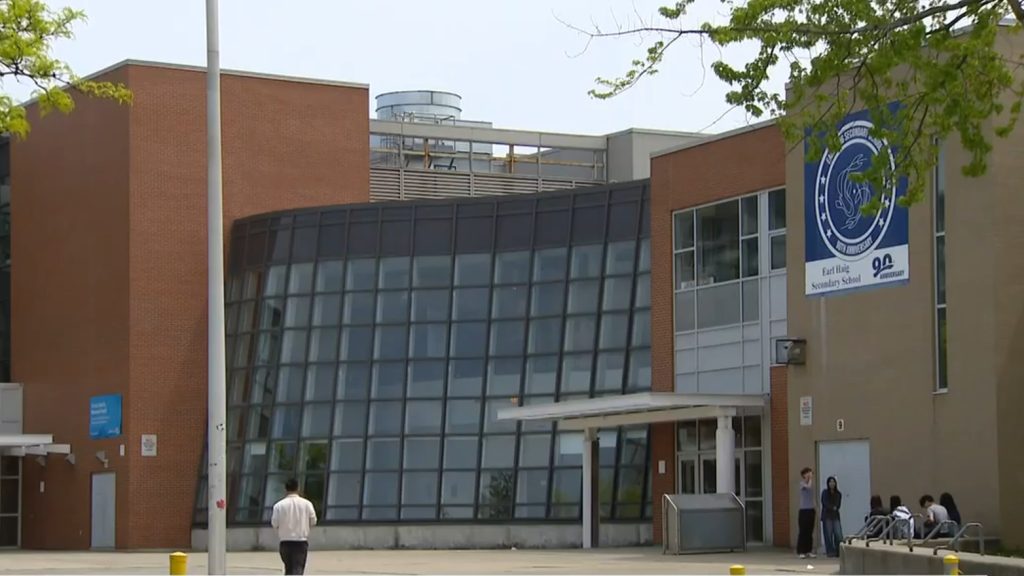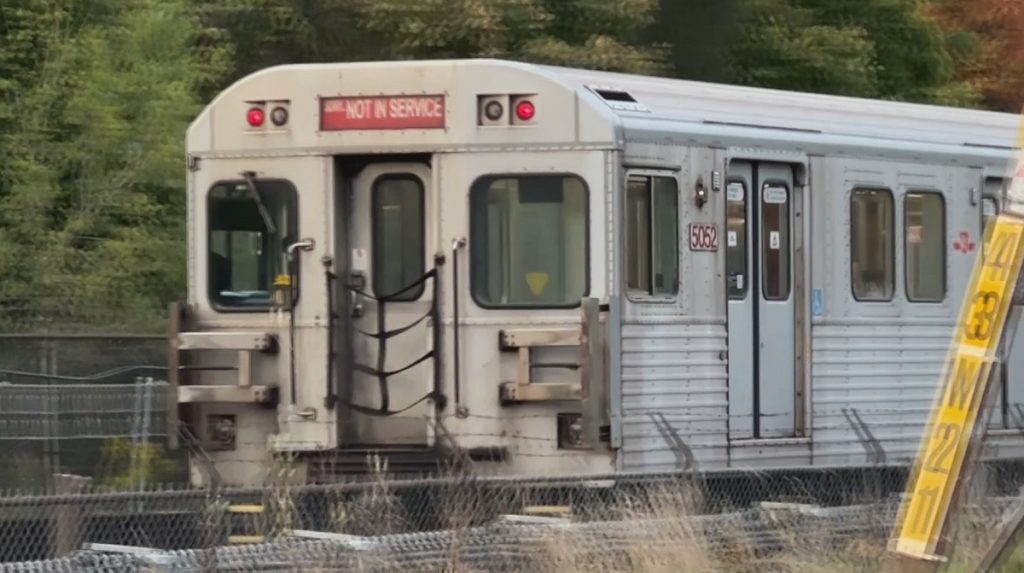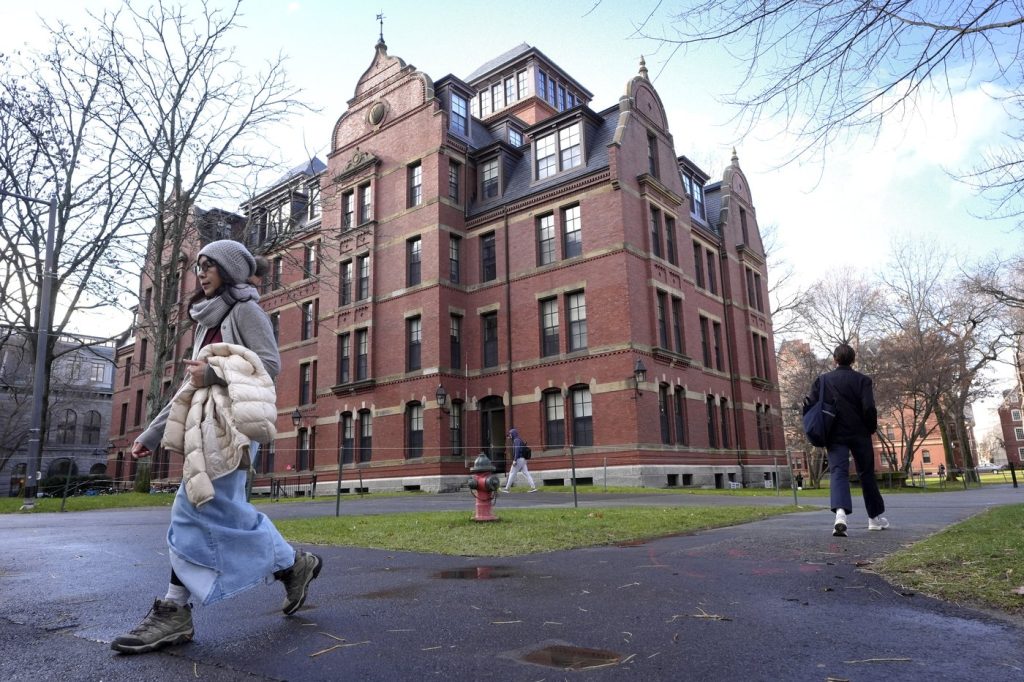On Wednesday, April 23, 2025, an earthquake with a preliminary magnitude of 6.2 struck Istanbul and various regions across Turkey, causing widespread panic among the city's 16 million residents. Although there were no immediate reports of serious damage, the earthquake led to scores of injuries as people attempted to escape buildings or suffered panic attacks.
Health Minister Kemal Memisoglu reported that at least 236 individuals received treatment for injuries, primarily in Istanbul, where panic-induced behaviors were prevalent. Most of these injuries occurred as people jumped from buildings or experienced panic attacks. The earthquake's epicenter was located approximately 40 kilometers (25 miles) southwest of Istanbul, in the shallow waters of the Sea of Marmara, with a depth of about 10 kilometers (6 miles) as stated by the United States Geological Survey.
The tremor was felt throughout neighboring provinces, including Tekirdag, Yalova, Bursa, and Balikesir, as well as in Izmir, a coastal city situated around 550 kilometers (340 miles) south of Istanbul. The earthquake began at 12:49 p.m., coinciding with a public holiday when many children were out celebrating in the streets. An estimated 100 aftershocks followed, the strongest of which measured 5.9 in magnitude.
In response to the earthquake, authorities swiftly advised the public to stay away from potentially damaged buildings. Many residents opted to congregate in parks and open spaces, and some even set up tents to spend the night outdoors. Environment, Urbanization and Climate Change Minister Murat Kurum noted that authorities had received 378 reports of “structural damage” across various buildings, necessitating the evacuation of 12 structures as a safety measure. Only a single derelict building in the historic Fatih district collapsed, according to officials.
President Recep Tayyip Erdogan reassured the public at an event for National Sovereignty and Children’s Day, stating, “Thank God, there does not seem to be any problems for now. May God protect our country and our people from all kinds of calamities, disasters, accidents, and troubles.” However, fears of a major quake remain high among the residents of Istanbul, who are acutely aware of the city’s vulnerability due to its positioning along two major fault lines.
The administration's measures against potential earthquake risks have been amplified following a devastating magnitude 7.8 earthquake that struck Turkey on February 6, 2023, resulting in over 53,000 fatalities and extensive damage to hundreds of thousands of buildings in 11 provinces. In light of this previous disaster, Istanbul’s officials have initiated urban reconstruction projects aimed at reinforcing buildings susceptible to earthquakes, along with campaigns to demolish structures deemed at risk of collapse.
Amid the chaos, lines formed at gas stations as residents prepared to leave Istanbul in fear of another quake. Cihan Boztepe, a resident who fled with his family, remarked that although the experience was frightening, he felt reassured compared to past seismic events. He stated, “At first, we were shaken, then it stopped, then we were shaken again. My children were a little scared, but I wasn’t.”
Education Minister Yusuf Tekin announced that schools in Istanbul would remain closed on Thursday and Friday, but that school yards would be open for residents seeking safe spaces. The mayor of Istanbul, Ekrem Imamoglu, who is currently incarcerated on corruption charges, expressed his grief over his absence from the city during this crisis but emphasized the importance of disaster-preparedness efforts.
This earthquake serves as a stark reminder of the ongoing seismic risks that Turkey faces. As urban planners and city officials work towards reinforcing vulnerable infrastructure, the populace remains anxious about the possibility of future quakes amidst a profound sentiment of unease.












